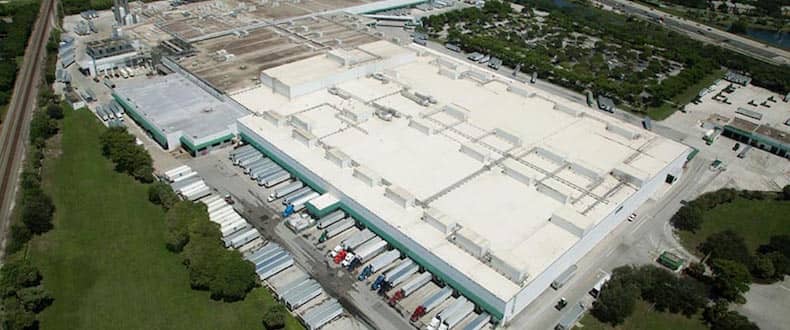In the unfortunate – and rare – instance your roofing membrane becomes compromised, it’s crucial you have a game plan in place. And your game plan begins and ends with your roofing membrane’s warranty.
It’s important to read and understand the details contained within your roofing membrane warranty because all warranties are different. Additionally, most will require you to proactively maintain your roof by inspecting it twice a year (both in spring and fall), as well as after any major weather event.
Related, your strategic plan should clearly establish an inspection regimen that will be implemented throughout the entire life cycle of your roofing membrane. It’s extremely important you keep a log of all inspections performed. Should any maintenance or repair be required following an inspection, be prepared to contact the manufacturer, since most manufacturers will require an authorized contractor repair your roofing membrane.
Roofing membranes are designed to provide decades of reliable durability, and most do. But unlikely incidents do occur, and, as a roofing membrane owner, you need to be aware of how to react to each of them.
You have a leak coming from your roof. Now what?
You are your membrane’s first line of defense. Make sure you prove the leak is coming from the roof and not caused by a plumbing issue or something else. If a roofing contractor is sent to investigate a leak and the cause isn’t the roof, you will have unnecessarily spent money, which could have been avoided had you correctly identified the leak source in the first place.
You found a hole in your roofing membrane. Now what?
If possible, apply a temporary patch until the contractor can make a more permanent repair. Contact the manufacturer and the contractor that installed the roofing membrane. Make sure to consult your warranty to identify the best course of action. It’s always important the manufacturer be made aware of the leaks and punctures in your membrane. And while it’s true that holes and punctures in a roofing membrane are extremely uncommon and not typically covered under the warranty, you still need to inform the manufacturer. If the manufacturer isn’t informed of a hole or puncture and you work directly with a contractor, the manufacturer will not have an accurate history, which may prevent them from being able to help you. You may also void your warranty. Again, read your warranty to determine the best course of action.
You found an open seam on your roofing membrane. Now what?
Just as with a hole, apply a temporary patch to your membrane if possible, and contact both the manufacturer and the contractor that installed the roofing membrane. And, again, read your warranty to identify the best course of action.
Many warranties will cover an open seam that’s a direct result of the way the membrane was installed. So, if you don’t contact the manufacturer about an open seam, you may be paying a contractor to repair something that’s covered under your warranty. Typically, the manufacturer will dispatch an authorized contractor to repair it. The contractor will then invoice the manufacturer directly, which is one less thing you need to worry about.
The bottom line is that you should read and understand your roofing membrane’s warranty to understand what it covers – and what your best course of action is in the rare instance your membrane needs to be repaired. All manufacturers want you to be happy with their product, so feel free to contact them whenever you have a question about your roofing membrane or its warranty.
-1.png?width=500&height=271&name=FiberTite_Only%20(500px%20wide)-1.png)



-1.png)